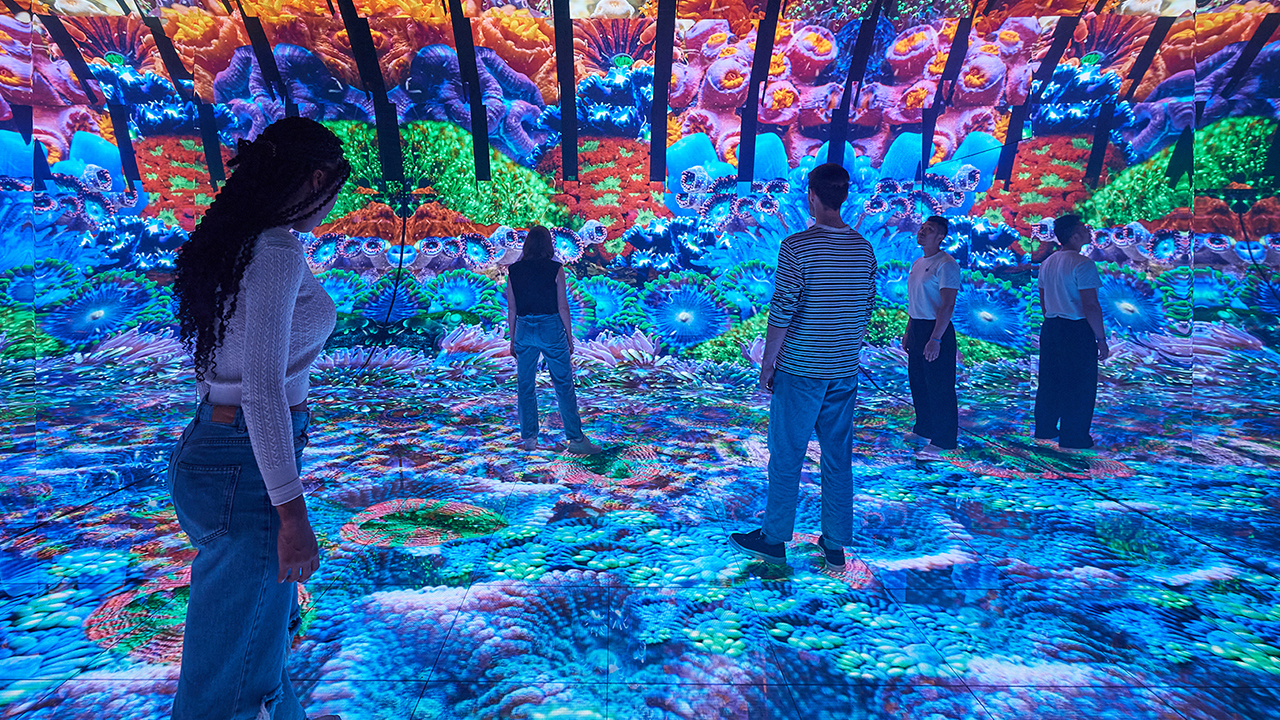According to the UN, just 9% of all plastic waste ever produced has been recycled. Keen to raise awareness about the harm single use plastics are causing to our ocean ecosystems – with over eight million tonnes of plastic pollution affecting marine life every year – US-based household cleaning products manufacturer SC Johnson created an ‘immersive’ experience called The Blue Paradox as part of its sustainability programme, featuring 360-degree digital projections at Exhibition London in White City, in partnership with global NGO Conservation International. The experience was created by Ogilvy based out of Chicago, and built by Radical Media, with staffing by London Quest.
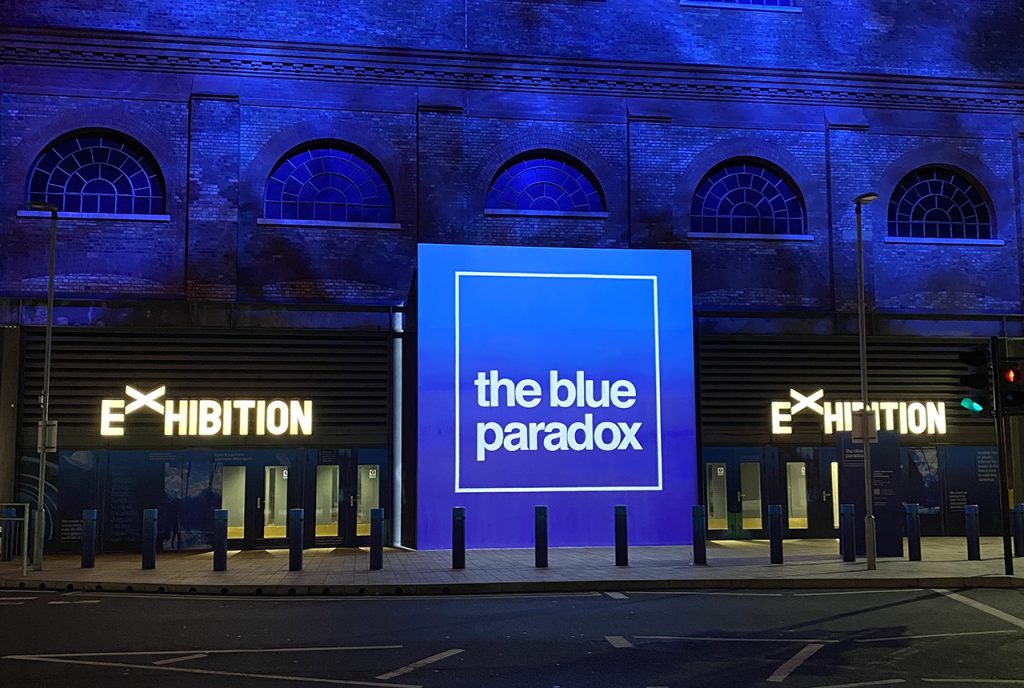
The aim of the event was to raise awareness about the dramatic impact of plastic waste and encourage visitors to take action. For every visitor, SC Johnson made a donation to Conservation International to help protect one square kilometre of ocean. Having caused a commotion on TikTok, WXO CEO James Wallman, headed down to West London to see whether the free experience made a lasting impact.
With ‘immersive’ the latest buzzword in the Experience Economy, going neck and neck with ‘metaverse’, the WXO has been debating what is and what isn’t immersive – see Campfire 20. Would this piece of experiential marketing aimed at the mass market really be an immersive experience?
What was good about the experience?
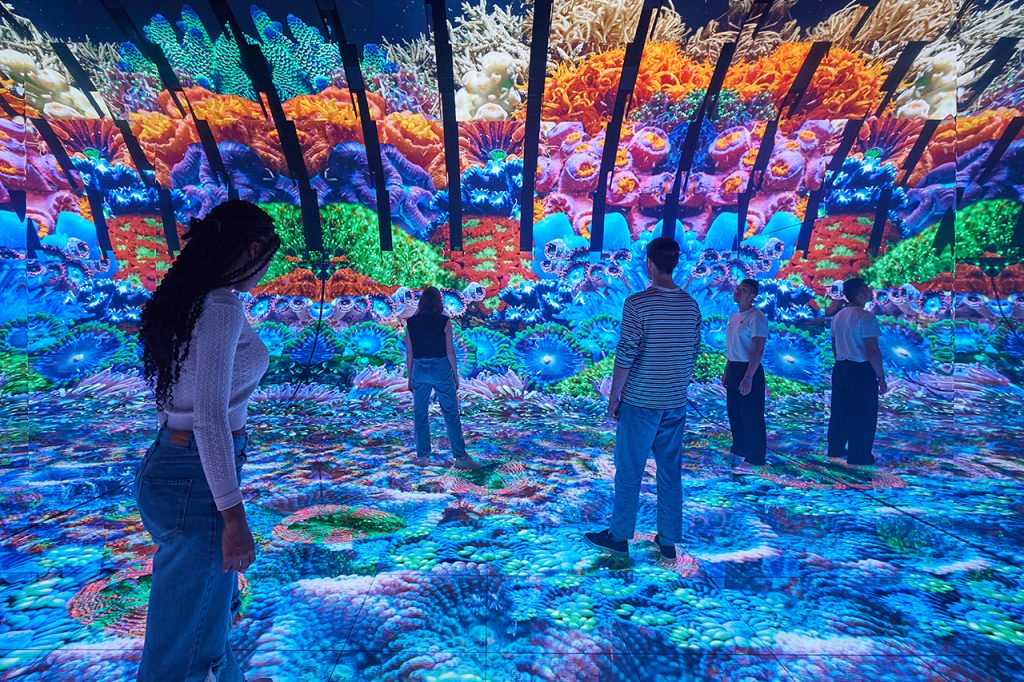
- It was in a great location inside a converted energy pumping house. There was a ten-minute queue outside, but the staff were actors and took the time to talk with you. It seemed like a very well-funded experience with no shortage of staff.
- You go inside and wait a further five minutes. Then you go up a flight of stairs. It’s quite dark, and the stairs are lined with dark blue carpet. While you’re waiting to be called through to the main room, you stand in a space with a mesh above your head with lights coming through it that makes you feel like you’re under water, which was pretty magical.
- Inside the well-lit main room, which can fit around 50 people, moving images of the ocean are projected onto the arched walls and across the floor beneath you. It’s a fantastic beginning and very immersive, as they take you under water.
- Passing through a tunnel there’s another room filled with plastic bottles, which makes you think about how we can tackle the problem of single-use plastic. There are screen-based infographics that give you a sense of where the plastic and pollution is coming from around the world, and the impact it’s having on turtles, dolphins and other marine life.
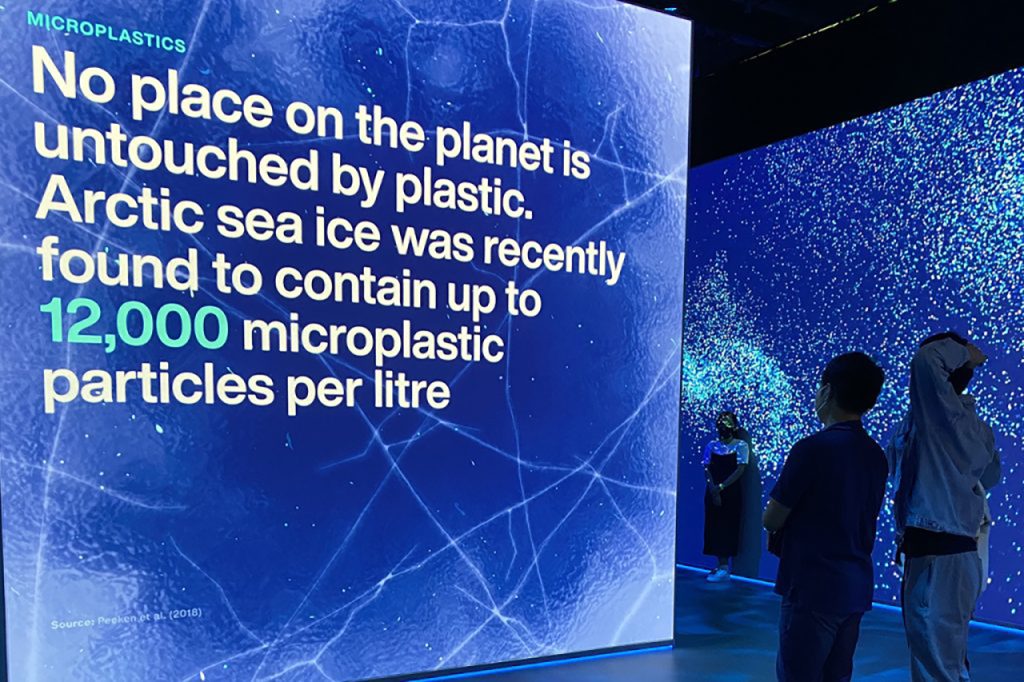
- The next bit that stood out is towards the end where there’s a pledge room. The idea is that you put your name in then you see your name on a wall. Before you pledge you have to fill in a questionnaire about how much you travel, that gives you a sense of your carbon (and plastic) footprint, and how good a job you’re doing at protecting the planet.
- The beginning was great – the build up and anticipation worked well and the movie was fantastically shot and produced. It gave me a really intense feeling.
- It was nicely done – they hook you in with the video of the ocean then educate you about the plastic problem.
- I was engaged with the story. The screen room was really absorbing and delightful – I’d love to take my kids to see it. It was a great feeling being surrounded by the ocean.
- It wasn’t an immersive experience, but it was an interesting piece of branded entertainment.
What could be improved?
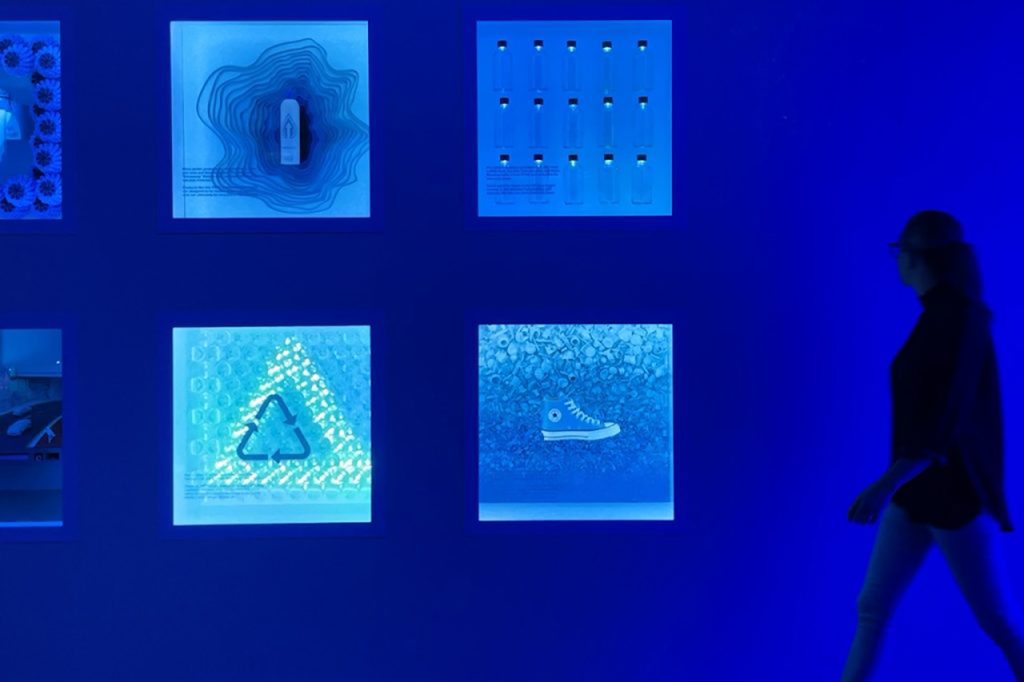
- The ending was a bit flat – the big hit was at the beginning. It didn’t go out with a bang. But it did offer potential for reflection. A reflection room would have been a nice touch at the end.
- It wasn’t obvious enough that this was an exercise to try to change people’s behaviour and habits, which is a missed trick. I didn’t change any of my habits after the experience.
- It offered me a chance to grow, but I didn’t feel transformed after the experience. I felt more concerned about single-use plastics, but I haven’t done anything about it since.
- The event was something we consumed rather than playing an active role in. The participant involvement was minimal. Putting my name on a pledge at the end felt a bit tokenistic rather than being meaningful in any way.
- There were no handouts from the experience. Printing out your questionnaire score would have been useful.
- It felt a bit ironic that this environmental awareness experience took place next to a huge shopping centre full of single-use plastics, which made me skeptical about how much change it could effect.
What elements do you like so much you’d like to use in your own work?
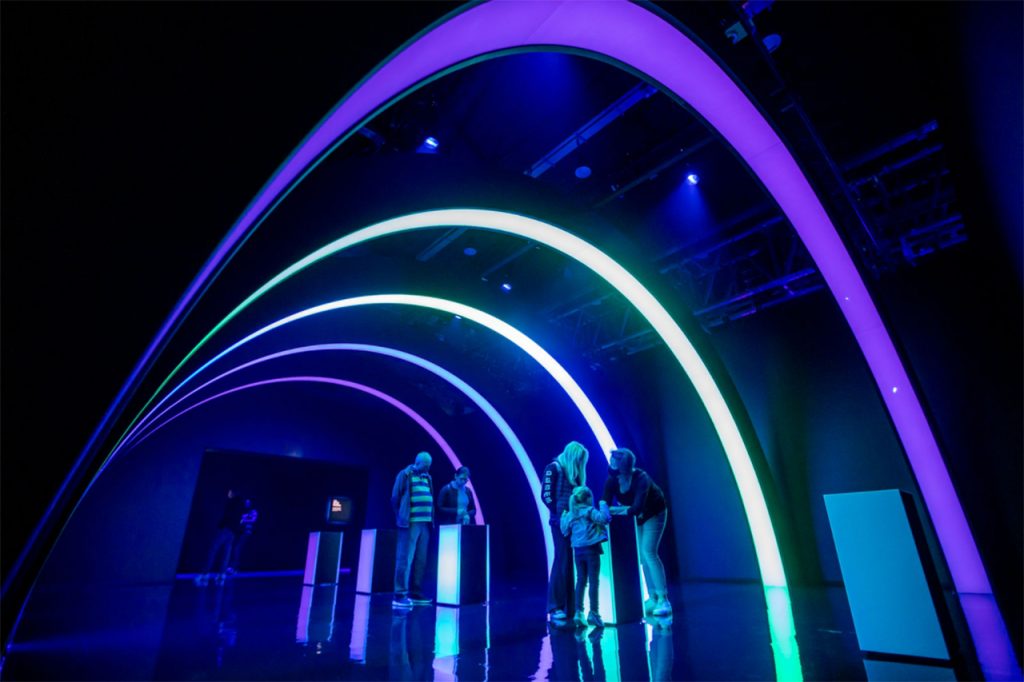
- The experience was really educational and you left feeling emotionally invested in the cause. It was a fun, memorable experience that changed the way I think about single-use plastic.
Read more WXO Experience Reviews here – and if you would like us to review your experience, get in touch.

